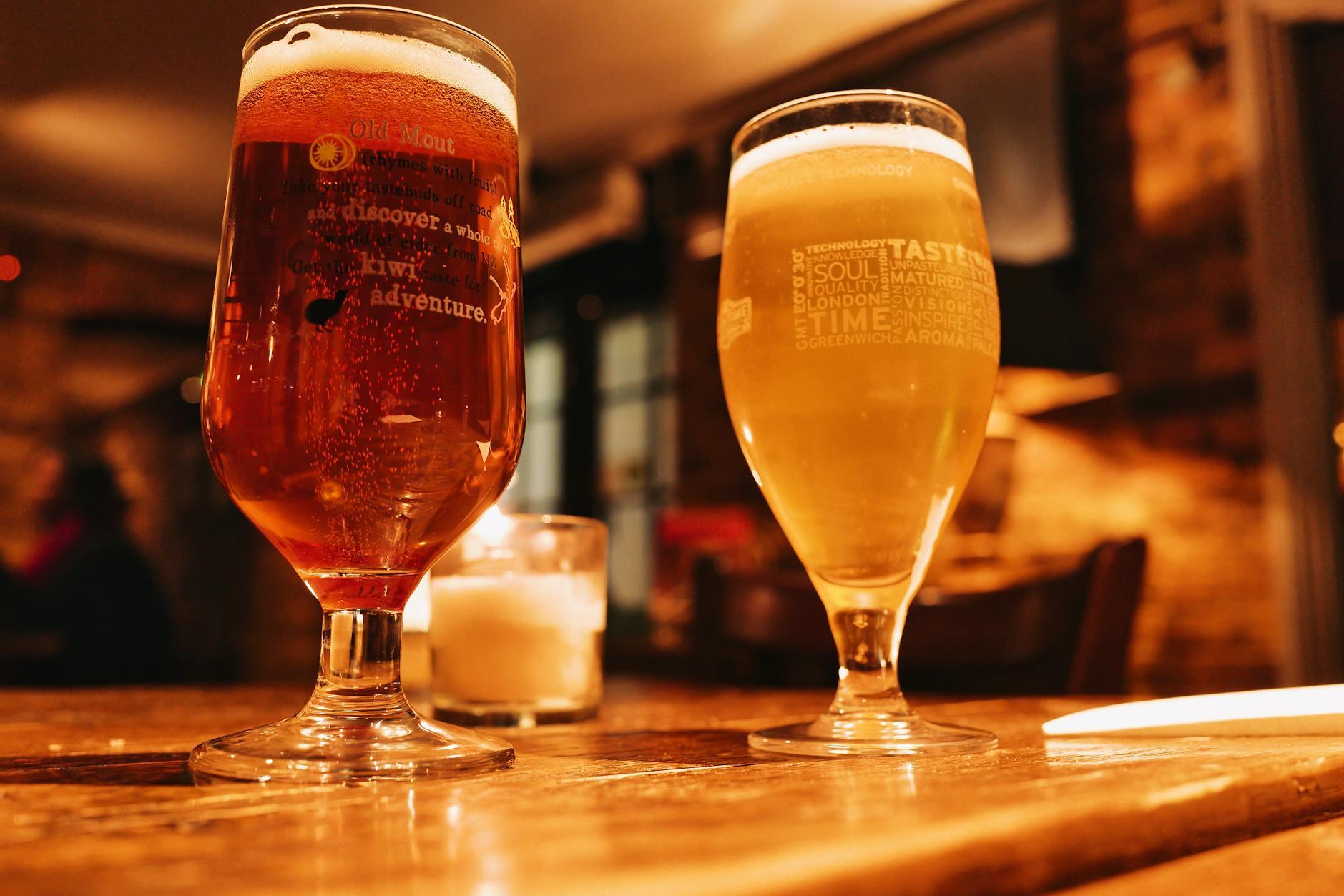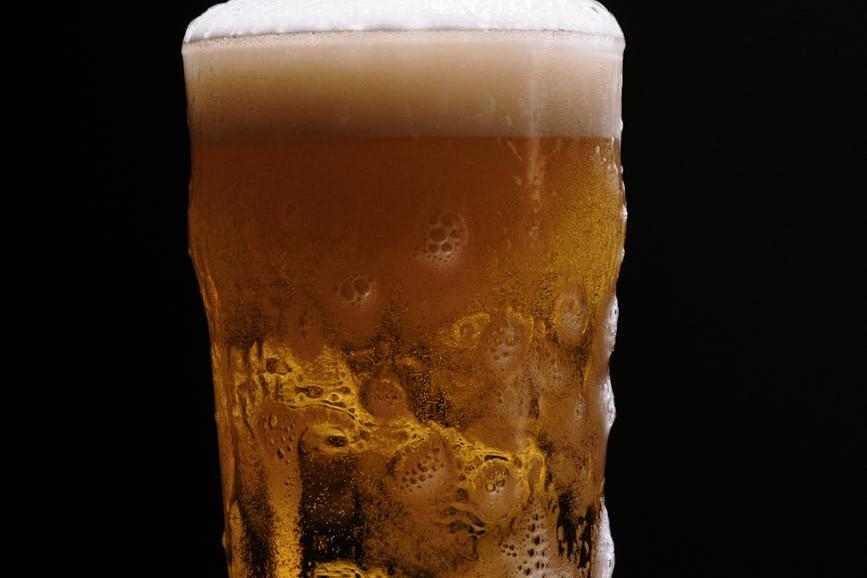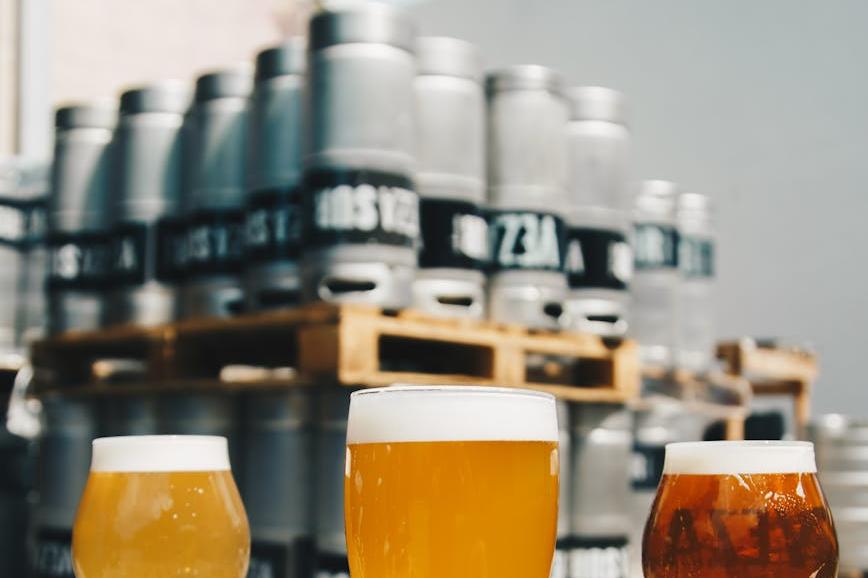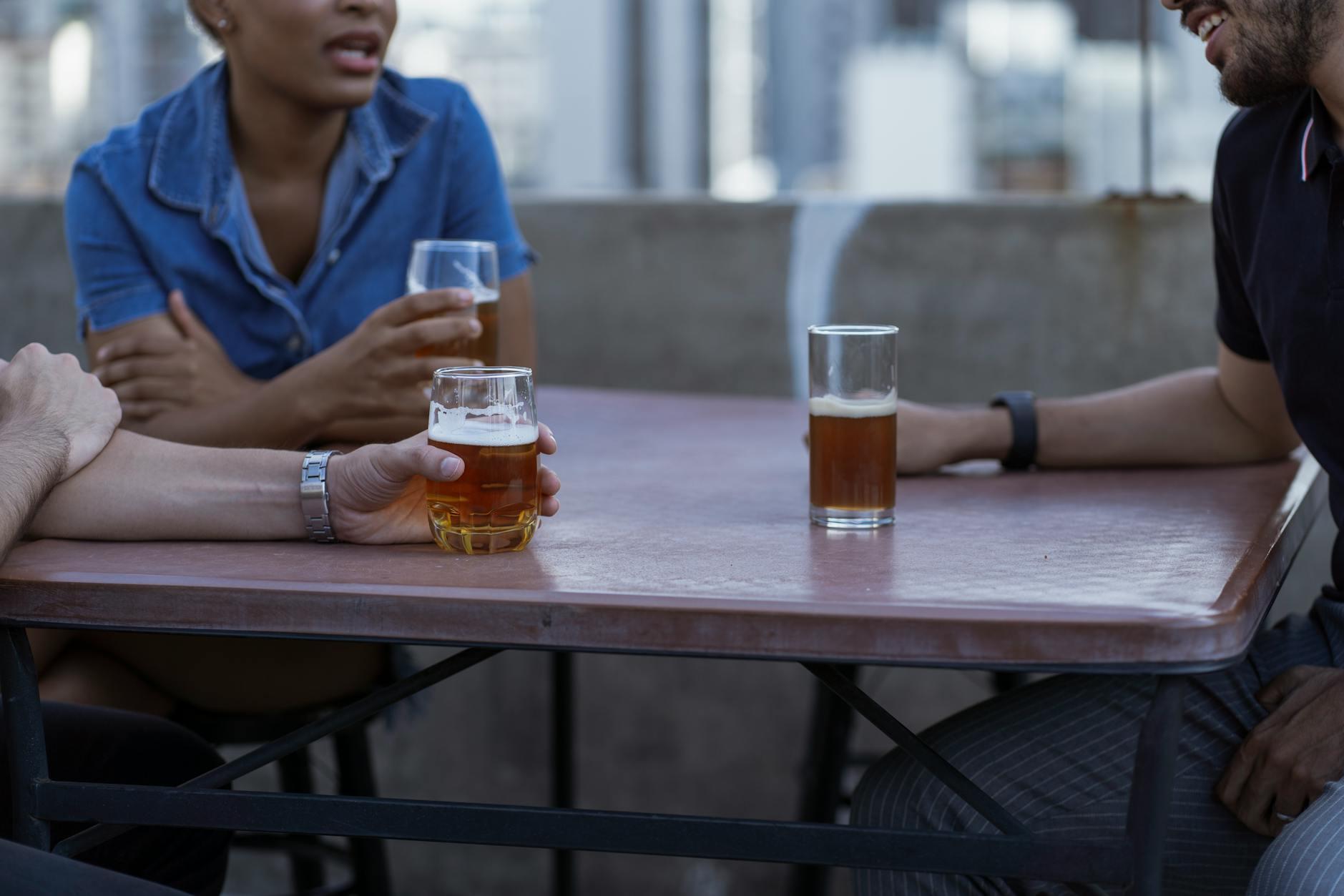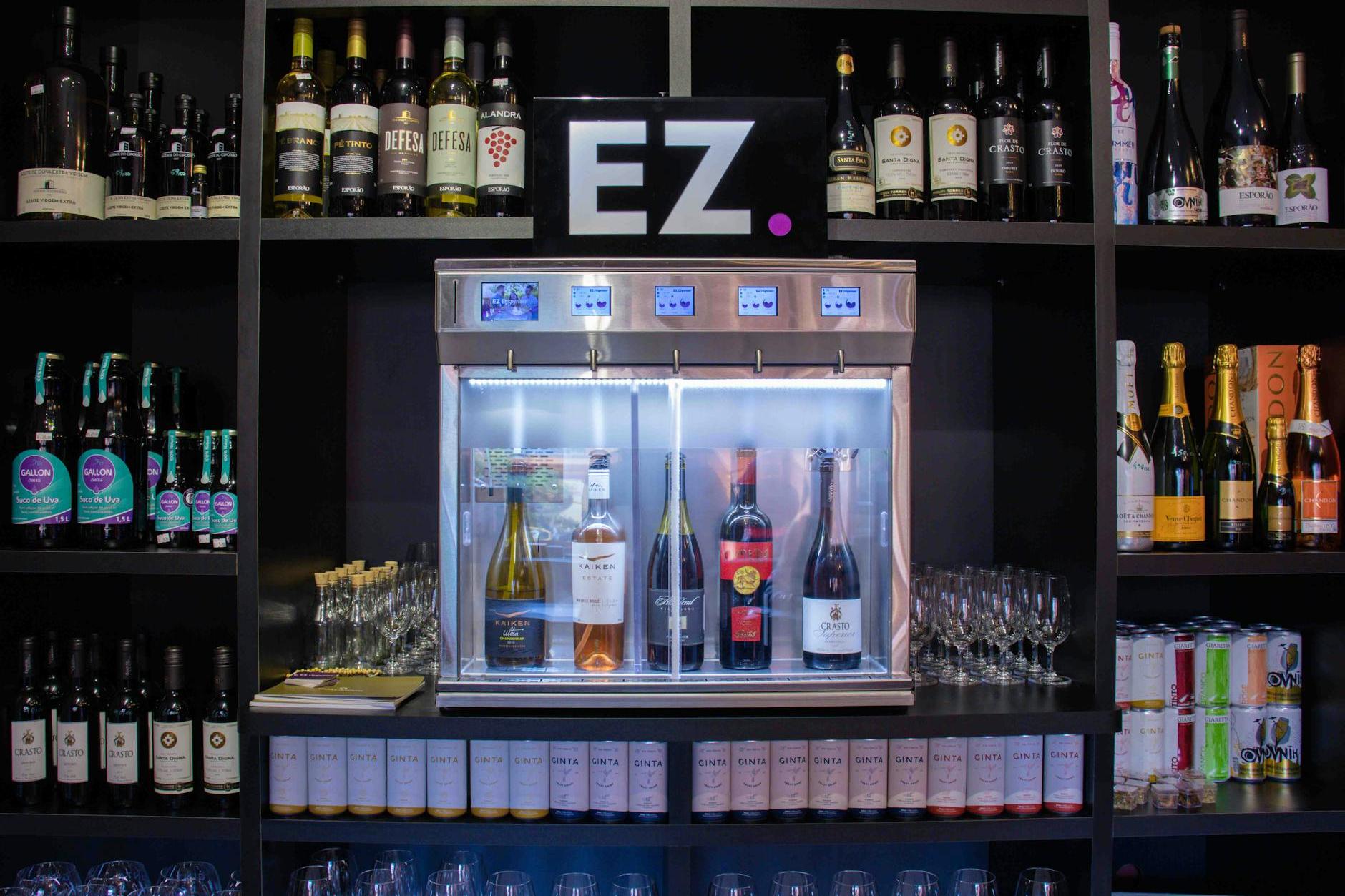- Shanghai Zhongshen International Trade Co., Ltd. - Two decades of trade agency expertise.
- Service Hotline: 139 1787 2118
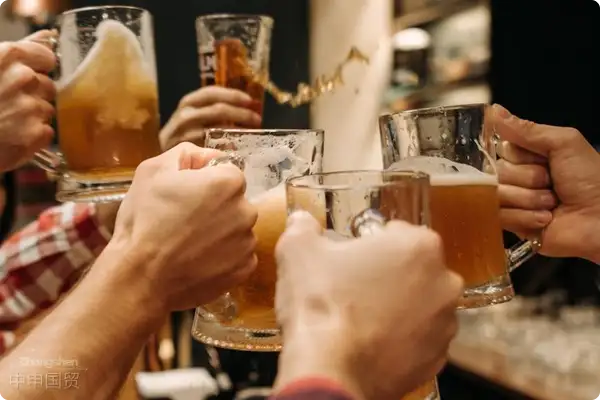
Contents
ToggleWhen craft beer meets family packs, a new blue ocean for traders emerges.
An interesting trend has emerged over the past three years: domestic craft beer bars have seen a 237% increase in orders for 3L beer kegs, while importers' inventory turnover rates for these products generally lag behind those of standard canned offerings. As a "seasoned sailor" who has handled 32 beer import projects, I've identified three key opportunities hidden behind this phenomenon:
- Revolution in Home Scenarios: The amount of alcohol consumed for staying at home to watch games or hanging out with friends on weekends has surged from 500ml to 3L.
- Upgrade of catering channels: Western restaurant beer and food pairing combo drives sales of entire kegs.
- Cost advantages become evident.: The single-unit logistics cost is 41% lower than that of the 330ml canned product.
Practical Guide to Clearing Customs and Avoiding Pitfalls
Last year, I assisted a Shenzhen client in handling a typical case: a certain German 3L keg wheat beer was...Missing Internal Packaging Air Pressure Test ReportThe entire container was detained at the port for 27 days. Here are three key customs clearance points to share:
- The Mystery of Code Classification: Ordinary beer falls under 22030000, while those containing special ingredients require confirmation of the subheading.
- For example, adding fruit ingredients may trigger other tariff codes.
- Packaging Certification Pitfalls:
- Barrel packaging requires EN12709 airtightness certification.
- PET material barrels must comply with the GB 4806.7 food contact standard.
- The "Best Before" Curse: The period from the filling date to the Chinese warehouse should be controlled within 4 months.
Three Key Strategies for Supply Chain Optimization
Compared to traditional canned beer, the supply chain management of 3-liter packaging requires greater precision:
| Link | Traditional canned | 3L bucket |
|---|---|---|
| Transportation method | standard containers | Constant temperature container (12-15°C) |
| Loading and unloading equipment | Standard pallet | Anti-tipping Special Rack |
| Inventory turnover | 90 days | 45 days |
Special reminder: Please pay attention.Secondary filling trap: Some overseas wineries adopt the technique of bottling first and then injecting nitrogen, which reduces the shelf life of the product by 30%.
Three Major Pitfalls That Traders Often Fall Into
- Blind pursuit of alcohol content: Exceeding 5% vol may trigger additional testing.
- Neglecting the expiration time after opening the barrel: The shelf life of nitrogen-sealed packaging is only 72 hours after opening.
- Underestimating terminal storage capacity: 70% of catering clients lack professional refrigeration equipment.
Inspiration from Success Stories
A coastal trading company achieved a monthly sales breakthrough of over 10,000 barrels through three key improvements:
- AdoptSplit-type bucket lid designResolve the issue of opening and storage in the food and beverage channel
- Establish in Qingdao PortConstant Temperature Storage WarehouseReduce delivery time in East China.
- DevelopmentBarrel Recycling SystemReduce packaging costs by 30%.
Final advice for beginners: Choose a company like ours that truly understandsHopsAlso understandCustoms declaration formFinding the right agent is far more important than blindly pushing for lower prices. After all, delivering a barrel of craft beer perfectly to the consumer's table across the ocean requires twenty years of experience, not just a low price.
Related Recommendations
Category case
Get in Touch
Email: service@sh-zhongshen.com
Related Recommendations
Contact via WeChat

? 2025. All Rights Reserved. Shanghai ICP No. 2023007705-2  PSB Record: Shanghai No.31011502009912
PSB Record: Shanghai No.31011502009912
